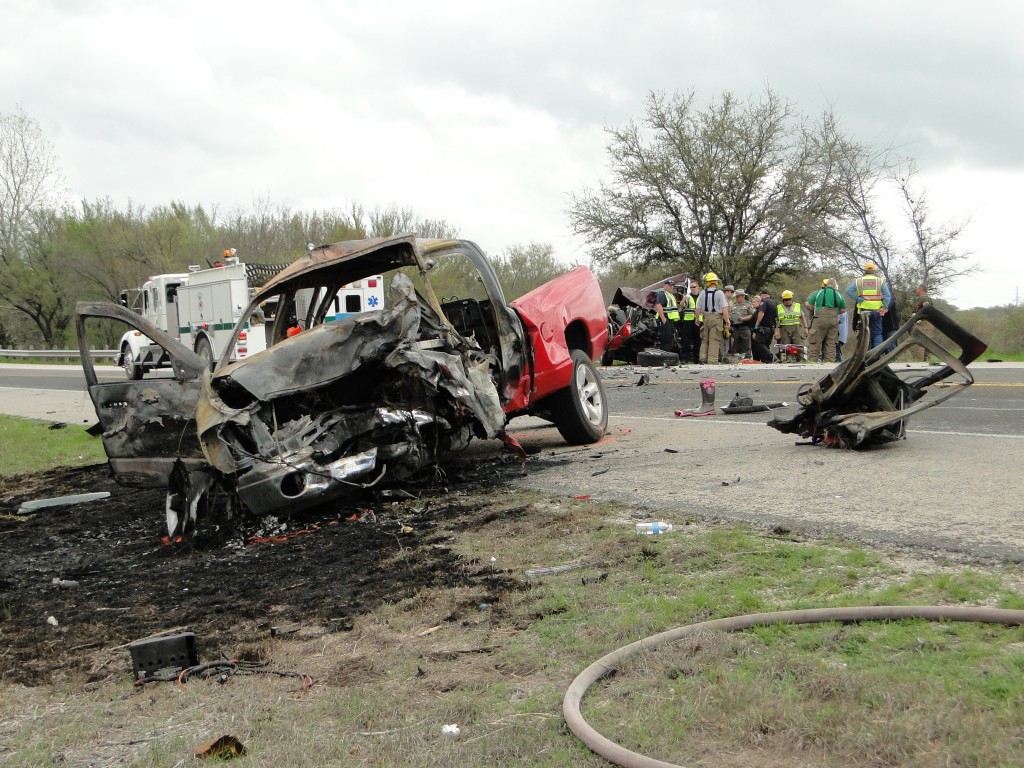There are so many health and safety observations for the month of April, it will keep us busy to describe them all. April 1-7 is National Window Safety Week, sponsored by the National Safety Council. The Window Safety Task Force of the NSC reminds parents that windows play a vital role in our homes, but they can also pose a risk of a fall in the home if the appropriate safety measures are not taken. Fires and falls of all kinds are among the leading causes of injury and death in young children. Children may climb up on furniture to reach the window, and fall out. It is important that when windows are kept open for ventilation, such as these pretty spring days, there’s no furniture close by that they can access a window. One study revealed that more than 5,000 kids fall out of windows every year, suffering injuries that can be severe.
The Screen Manufacturers Association (SMA) has spearheaded industry and consumer-oriented programs dealing with screen safety issues. SMA’s “Kids Can’t Fly” programs have gained national recognition in promoting the concept that screens are designed to furnish ventilation and keep insects out – they are not designed to keep small children in! Children should also be taught not to play near open windows or around patio doors. A fall through a glass door can cause a serious injury, or be fatal.
Windows also play a vital role in home safety. They serve as a secondary escape route in the event of a fire or other emergency. Legislators throughout the United States have mandated building codes requiring specific windows be designated as points of escape. The size and placement of windows designated for escape in a residence are also governed by building codes. The ability to easily open widows and remove insect screens without special knowledge or tools is critical to safely escaping through a window. Many persons have died in their own burning homes, because of sealing their windows shut to prevent break-ins or worse, in dangerous neighborhoods. This is a tragedy, when people’s safety is so threatened. If you need more security for your home, call your local fire department or building code official to determine proper window guard placement, such as security bars, grilles or grates, that have a functioning release mechanism.
Plan a strategic window in each sleeping and living area that will meet escape and rescue requirements. Plant shrubs or grass beneath the windows, that could furnish a more cushioned landing space, just in case. Every family should have an emergency escape plan. Teach your children that a window can save their life in the event of a fire. Practice this plan regularly. They are taught things about fire safety at school, as well, but if you prepare them for action at home, they will understand the importance of exiting the house the right way.
It’s always a good idea to have a first aid kit handy in every home. Keep it stocked with the right supplies for every scenario, from scrapes and cuts to over-the-counter medications. Remember, keep your windows locked when you shut them. Don’t invite trouble.

